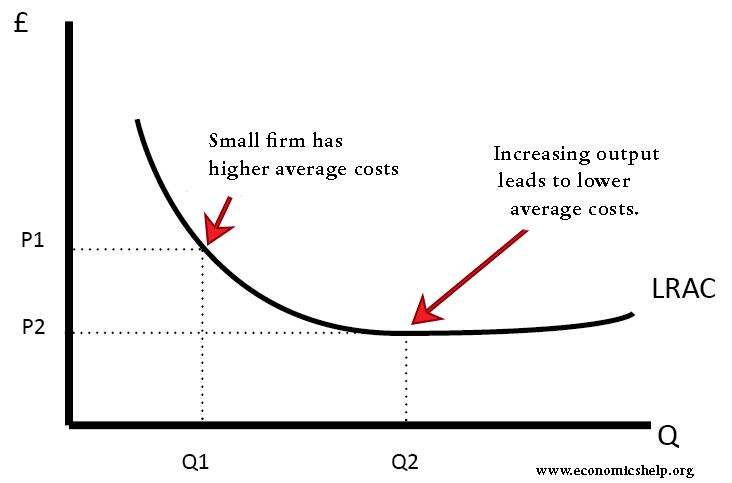Economies
of scale and economies of scope are two different ideas both of which help the
company to cut costs of production. Economies of scale focuses on costs that
can be saved when there is an increased level of production of one good while
economies of scope emphases on total average cost benefits when there is a
production of variety of goods.
Economies
of Scale
Costs can
be saved because they are spread over large number of goods. Variable costs or
the costs per unit. For example, to produce tap water, water companies should
build huge network of pipes that stretch across wide areas. The costs associated
are very high. However, since that will be shared by all the households in that
area, the average costs come down.
A large
business will have more cost savings with higher production levels.
 |
Economies
of Scope
Economies of scope concept is utilized by a company when uses its current
resources to diversify into related markets. For example, a farmer may sell
corn, meat, milk , chicken etc.
A mineral water selling company can use its marketing and distribution
network to start producing vitamin water or flavored water etc.
 |
Comments
Post a Comment